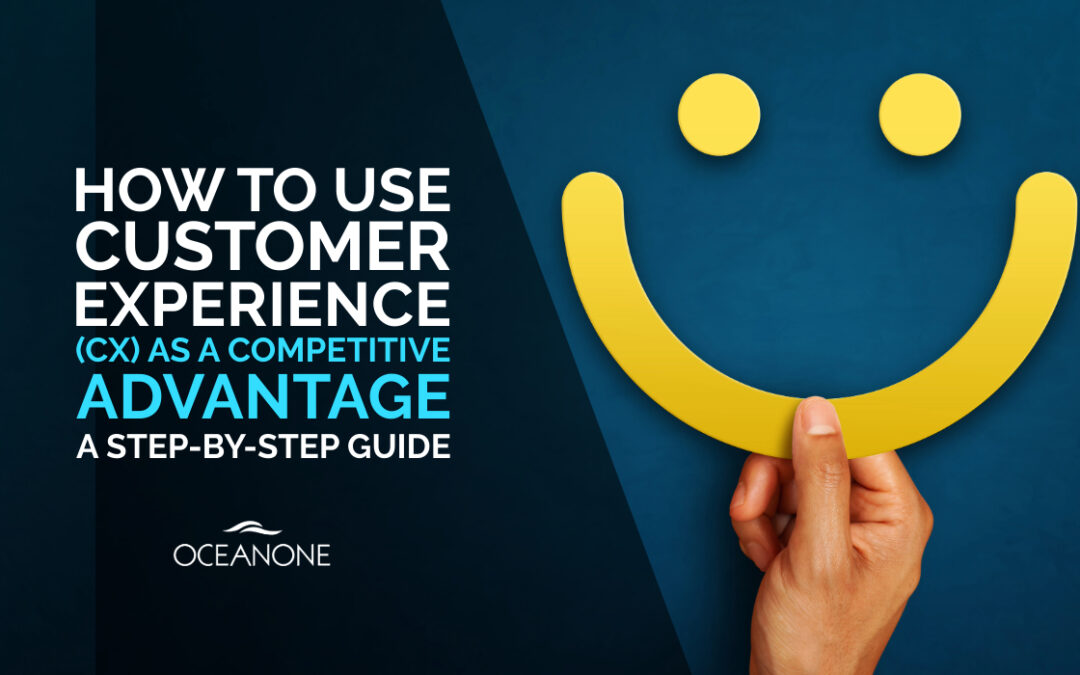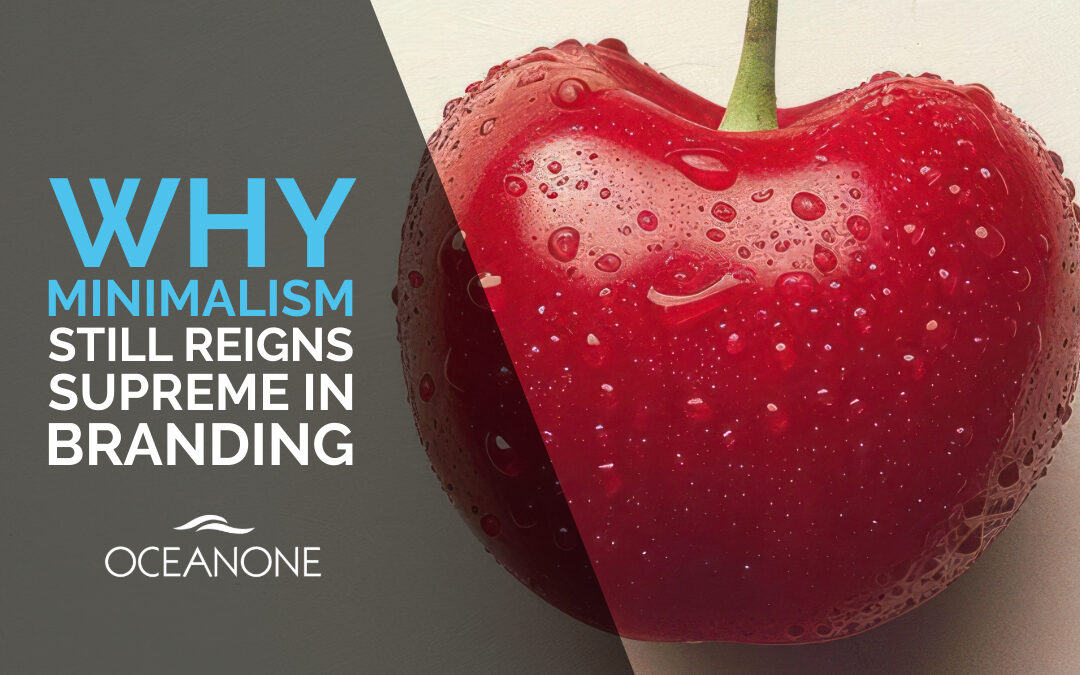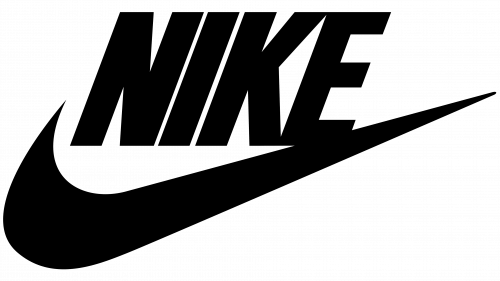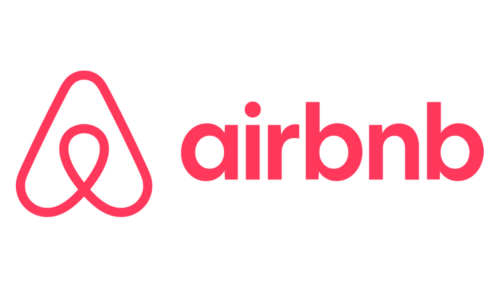
How to Use Customer Experience (CX) as a Competitive Advantage: A Step-by-Step Guide
As your marketplace gets more crowded, delivering an exceptional Customer Experience (CX) is an absolute must. Brands that prioritize CX don’t just win customers; they create loyal advocates who drive long-term growth. In fact, companies that excel in CX outperform their competitors by nearly 80% in revenue.
But how do you turn Customer Experience into a true competitive advantage? The good news is that with the right tools and strategies, you can transform every touchpoint into a memorable experience. In this guide, I’ll walk you through actionable steps, recommend powerful tools, and even provide prompts you can use with AI assistants like our new favorite helper, Qwen, to execute these ideas effectively.
Side Note – We have been experimenting with Qwen and loving the results and it’s completely free including images, video and more. You can of course substitute with your preferred tool like chatGPT, Deep Seek etc.
Why CX Matters More Than Ever
Before we dive into the “how,” let’s quickly recap why CX is so critical:
Retention Over Acquisition: It costs 5x more to acquire a new customer than to retain an existing one.
Word-of-Mouth Power: Happy customers are 4x more likely to refer your brand to others.
Revenue Impact: Companies with superior CX grow revenues 4-8% above their market.
Ok – let’s look at how to do this.
Step 1: Map Out Your Customer Journey
What to Do:
Understanding your customer journey is the first step toward improving it. Identify all touchpoints—both online and offline—and evaluate how well each one meets customer expectations.
Tools You Can Use:
Lucidchart: For visually mapping out customer journeys.
Hotjar: To track user behavior on your website (e.g., heatmaps, session recordings).
Qwen: To brainstorm potential pain points or opportunities for improvement.
Actionable Prompt for Qwen:
“List five common pain points customers might experience during the checkout process on an eCommerce site.”
Example Output:
“Slow loading times leading to cart abandonment.”
“Confusing navigation between payment options.”
“Lack of clear shipping cost information upfront.”
“Limited guest checkout option.”
“No progress indicator during multi-step checkouts.”
Pro Tip:
Involve cross-functional teams (marketing, sales, support) in the journey-mapping process to ensure no touchpoint is overlooked.
Step 2: Personalize Every Interaction
What to Do:
Personalization isn’t just for marketing—it applies across the entire customer journey. From personalized emails to tailored product recommendations, make every interaction feel unique.
Tools You Can Use:
HubSpot CRM: For storing customer data and automating personalized follow-ups.
Dynamic Yield: For implementing personalized content and product suggestions.
Qwen: To generate personalized messaging or scripts for customer service reps.
Actionable Prompt for Qwen:
“Write a personalized welcome email for new subscribers who signed up after downloading our free eBook [insert eBook title].”
Example Output:
Subject Line: “Welcome! Here’s How to Get the Most Out of [eBook Title]”
Body:
“Hi [Name],
Thank you for downloading [eBook Title]! We’re thrilled to have you join our community. Inside, you’ll find actionable tips to [solve specific problem]. To help you dive deeper, here are three quick resources:
[Link to related blog post]
[Link to video tutorial]
[Link to upcoming webinar]
Have questions? Reply to this email—we’d love to hear from you!”
Pro Tip:
Use dynamic fields in your email platform to automatically insert names, locations, or past purchase history for added personalization.
Step 3: Streamline Support with AI-Powered Chatbots
What to Do:
Customers expect fast, efficient support. Implementing AI-powered chatbots ensures they receive immediate assistance while freeing up human agents for complex issues.
Tools You Can Use:
Zendesk Answer Bot: For handling FAQs and routine inquiries.
Drift: For live chat and conversational marketing.
Qwen: To design custom conversation flows tailored to your business.
Actionable Prompt for Qwen:
“Create a chatbot script for resolving password reset requests. Keep the tone friendly and solution-focused.”
Example Script:
User: “I forgot my password.”
Bot: “No worries! Let’s get you back into your account. Could you please confirm your email address?”
User: [Provides email]
Bot: “Great! I’ve sent a password reset link to [email]. Please check your inbox and follow the instructions.”
Pro Tip:
Integrate your chatbot with your knowledge base so it can pull answers dynamically, reducing manual updates.
Step 4: Collect and Act on Customer Feedback
What to Do:
Feedback is gold when it comes to improving CX. Regularly collect feedback through surveys, reviews, and social listening, then act on it promptly.
Tools You Can Use:
SurveyMonkey: For creating and distributing customer satisfaction surveys.
Trustpilot: For collecting and showcasing authentic customer reviews.
Qwen: To analyze open-ended feedback and extract actionable insights.
Actionable Prompt for Qwen:
“Analyze the following customer review [paste text] and suggest two improvements we could implement based on their feedback.”
Example Output:
“Add a ‘Save for Later’ feature in the shopping cart to prevent accidental deletions.”
“Improve mobile responsiveness for easier navigation on smartphones.”
Pro Tip:
Close the loop by responding to negative reviews publicly and privately thanking customers for constructive feedback.
Step 5: Build Emotional Connections Through Storytelling
What to Do:
Emotionally connected customers are more than twice as valuable as highly satisfied ones. Use storytelling to humanize your brand and build deeper relationships.
Tools You Can Use:
Canva: For designing visually appealing stories (e.g., infographics, videos).
Qwen: To draft compelling narratives or case studies highlighting real customer successes.
Actionable Prompt for Qwen:
“Draft a short story about how our product helped a small business owner overcome a major challenge.”
Example Output:
“Meet Sarah, a boutique owner struggling to keep up with inventory management. After switching to [Your Product], she saved 10 hours per week and increased her sales by 25%. Now, she spends more time doing what she loves—connecting with customers.”
Pro Tip:
Share these stories across multiple channels (social media, email, blog) to amplify their reach.
Step 6: Measure and Optimize Continuously
What to Do:
CX optimization is an ongoing process. Track key metrics like Net Promoter Score (NPS), Customer Satisfaction Score (CSAT), and churn rate to measure success.
Tools You Can Use:
Qualtrics: For measuring NPS and CSAT scores.
Google Analytics: To monitor user behavior and drop-off rates.
Qwen: To analyze performance reports and recommend next steps.
Actionable Prompt for Qwen:
“Review the following NPS survey results [paste data] and suggest two areas where we can improve customer experience.”
Example Output:
“Focus on reducing wait times in customer support.”
“Enhance the clarity of your return policy to reduce confusion.”
Pro Tip:
Set quarterly goals for CX improvements and celebrate wins along the way to keep your team motivated.
Final Thoughts: Elevate Your CX Game Today
Delivering an outstanding customer experience doesn’t happen overnight—but it’s worth every effort. By mapping your customer journey, personalizing interactions, streamlining support, acting on feedback, building emotional connections, and continuously optimizing, you can set your brand apart from the competition.
Ready to elevate your CX strategy? Visit Chat with Qwen and try out some of the prompts mentioned above. With the right tools and mindset, you’ll not only meet but exceed your customers’ expectations—turning them into lifelong advocates for your brand.
Interested in having us build a customized marketing strategy for your company?














